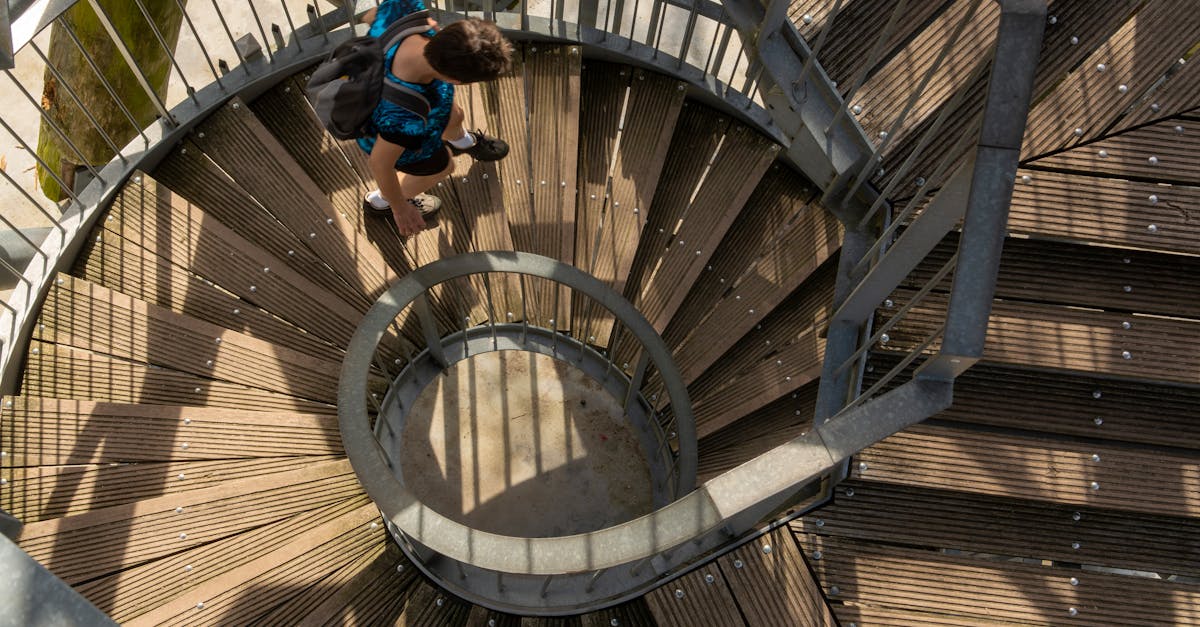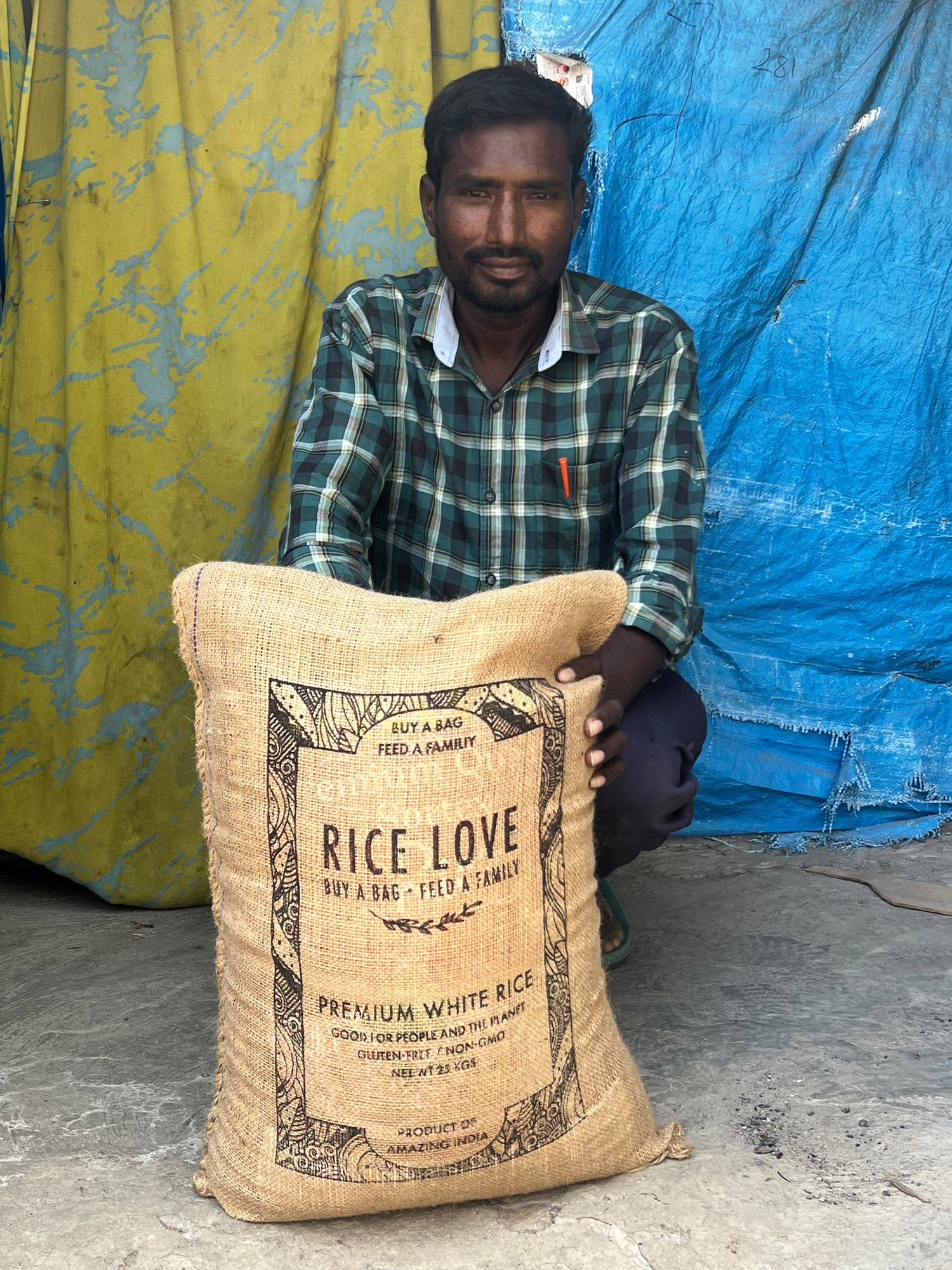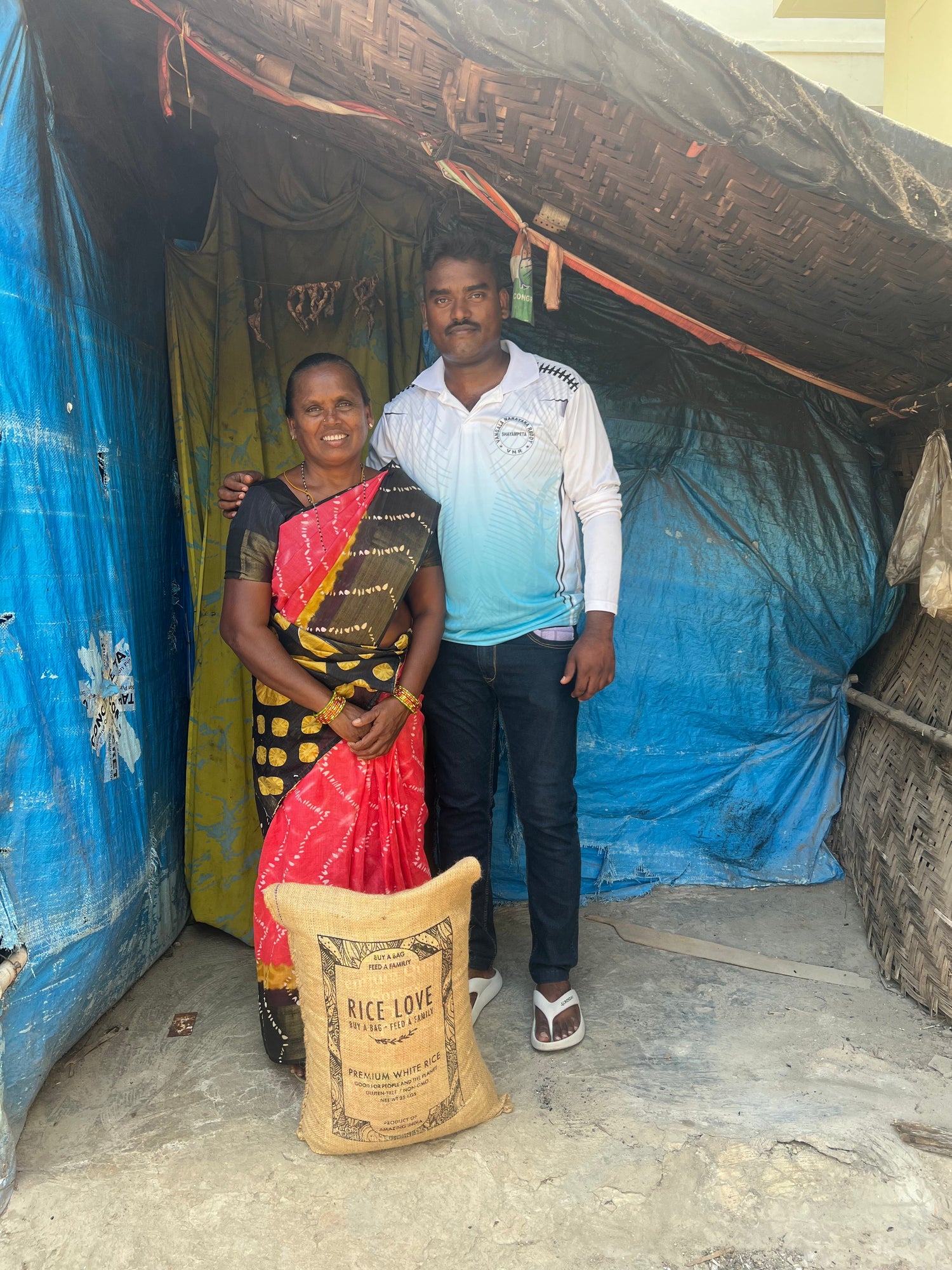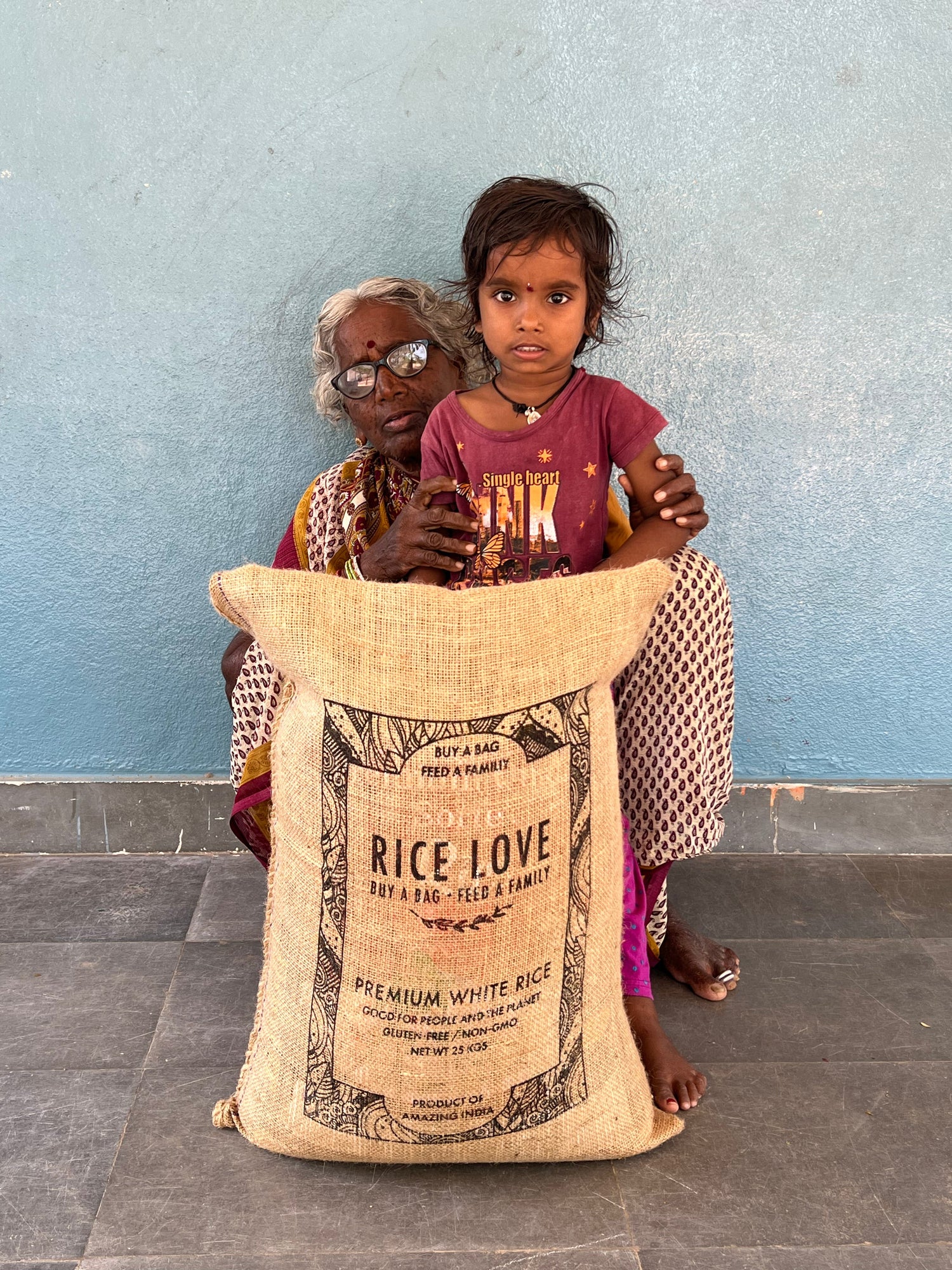Okay, real talk: every time I’m running to catch a train, throwing my bag down on a sun-hot seat, or living out of a backpack somewhere halfway around the world, I think about what my stuff is made of—and what happens after I’m done with it. If you’ve ever scrolled through endless sustainability buzzwords, you might wonder, does circular design even matter for backpacks and totes? The answer is yes, and it’s honestly shifting the game for anyone who loves adventure but can’t stomach the idea of contributing to waste.
So, What Is Circular Design (and Why Is It Everywhere Now)?
Circular design basically means making things so that they keep cycling through life—no more single-use or junk-for-the-landfill vibes. Imagine your favorite tote outliving all those cheap plastic ones by being repairable, upcyclable, and eventually fully recyclable. With circular design, every choice—from the fabric to the last stitch—matters. The point is nothing’s wasted when you’re done with it. Instead, it’s ready for the next adventure, or even a total transformation.
- Durability first—so your bag survives way more than one season of travel.
- Easy to repair and repurpose—so when life happens (snags, dirt, adventures gone wild), fixing it is totally an option.
- Materials that are already second-life—like upcycled, recycled, or biodegradable stuff. If you’re committed to reducing your footprint, this is everything.
- A real end-of-life plan—so it can return to the cycle, not just a landfill.
Circular in Action: How a Rice Sack Becomes Your Forever Bag
For me, the bags I use have to fit wherever I am—whether wandering spice bazaars in Kerala or navigating subways in Tokyo. But what if that same bag started life as a literal rice sack? Here’s what that wild ride looks like at Rice Love:
- Collection of Used Materials: We source discarded rice bags in India. What would have been landfill fodder is now the start of something new.
- Artisan Magic: Skilled craftspeople give old sacks serious glow-up vibes, transforming them into backpacks, totes, and mini bags. Every single one is handmade, so it’s unique—with all the imperfect details that make it utterly yours.
- One-of-a-Kind Assembly: Each bag is stitched, patched, and finished by hand. No two patterns are quite the same, so you won’t see anyone else on your flight, train, or yoga retreat with an identical piece.
- Direct Community Impact: For every bag made, we deliver 2.2 lb (1kg) of rice to a family in need. And you get a tag to trace exactly which family your bag helped—making your purchase mean way more than one person’s story.
- Adventure-Proof Durability: Our bags are built to handle whatever adventure you can throw at them. Mountains? Urban chaos? Rainy season? Bring it.
- After the Adventure: When your bag’s on its last legs, its burlap and cotton can be recycled, or you can get creative with upcycling: storage baskets, plant holders, or donate to local shelters.



Why Circular Design for Backpacks/Totes Actually Makes a Difference
I’m obsessed with circular design because when I choose it (or encourage friends to), I’m actually pushing for real change in four big ways:
- Waste is reduced—seriously. Every bag repurposes a material that otherwise would clog up landfills. And when I toss aside another plastic shopping tote in favor of my mini rice tote, that’s hundreds fewer plastics in the world.
- Products last way, way longer. The whole concept is about durability. Less stuff to replace, less stuff to throw out.
- Resource use is cut. You’re using what's already here, not demanding more from the planet just to keep up with a trend.
- It’s access, not status. Circular design feels inclusive — anyone can join in, whether you’re a broke student, a digital nomad, or simply someone who cares about the world.
Traveling With Purpose: How Circular Bags Change Your Perspective
When you’re living out of a bag or hopping continents, lightweight and versatile is everything (trust me—I learned this schlepping through the Himalayas). But here’s why circular backpacks and totes are more than just a style flex:
- Stories stitched in. Every fabric scuff is a reminder that this bag had a life way before it met you, and its story extends long after.
- Repair culture is back. If something rips, it’s a chance to patch, embroider, or get creative instead of tossing. There are whole communities sharing tips for mending, upcycling, or customizing travel gear, and I’m here for it.
- Clear eco-conscience. You can actually track your impact, not just on the environment, but on someone else’s dinner plate. Just check your bag’s tag for the family it supported. Learn why tracking your purchase impact truly matters.
- Bold individuality. Because each bag is one-of-a-kind, your style reflects your story—no mass-market clones here.
Getting Involved: Your Easy Steps to a Circular Lifestyle
- Switch to circular brands—seek out bags made from recycled, upcycled, or natural fibers. Double points if you can verify ethical production and community impact. (Like, say, our One of a Kind Mini Backpack. See for yourself.)
- Take care of your gear—spot clean, patch, and reimagine before replacing.
- Upcycle at the end—convert old bags to organizers, plant holders, or donate to someone who’ll use it anew.
- Share the story—post your own #CircularAdventure, tag brands transparently sharing their impact, and inspire others to go beyond greenwashing. Need a reality check on what’s “real” eco? This blog on spotting greenwashing in fashion has all the tips.
Why This Isn’t Just a Trend—It’s a Movement
I’ve seen so many travel trends come and go, but circular design is growing for all the right reasons. It’s bigger than eco-conscious shopping—it’s about connection, responsibility, and the stories our stuff can tell. Each time someone asks about my bag (which happens a lot), I get to share the story—of rice fields in India, of families receiving meals, of a single piece of fabric woven into so much more than accessory.
If you want your journey, your purchases, and your look to mean something beyond this season, choosing circular is the move. It’s the story you take with you, and the one you leave behind.
Ready to see what makes a backpack or tote part of the circular revolution? Explore Rice Love’s one-of-a-kind bags here—and join us in packing hope, adventure, and purpose, wherever your journey leads.





